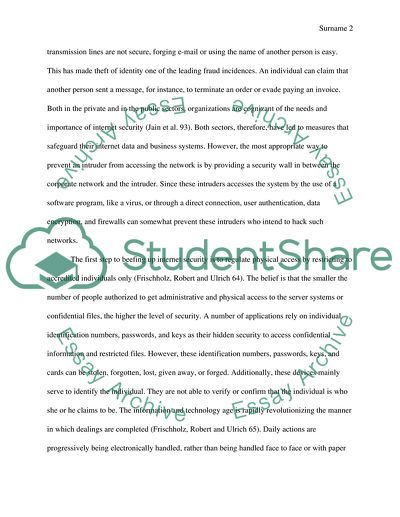Cite this document
(“Biometric identification Essay Example | Topics and Well Written Essays - 2000 words”, n.d.)
Biometric identification Essay Example | Topics and Well Written Essays - 2000 words. Retrieved from https://studentshare.org/information-technology/1690661-biometric-identification
Biometric identification Essay Example | Topics and Well Written Essays - 2000 words. Retrieved from https://studentshare.org/information-technology/1690661-biometric-identification
(Biometric Identification Essay Example | Topics and Well Written Essays - 2000 Words)
Biometric Identification Essay Example | Topics and Well Written Essays - 2000 Words. https://studentshare.org/information-technology/1690661-biometric-identification.
Biometric Identification Essay Example | Topics and Well Written Essays - 2000 Words. https://studentshare.org/information-technology/1690661-biometric-identification.
“Biometric Identification Essay Example | Topics and Well Written Essays - 2000 Words”, n.d. https://studentshare.org/information-technology/1690661-biometric-identification.


